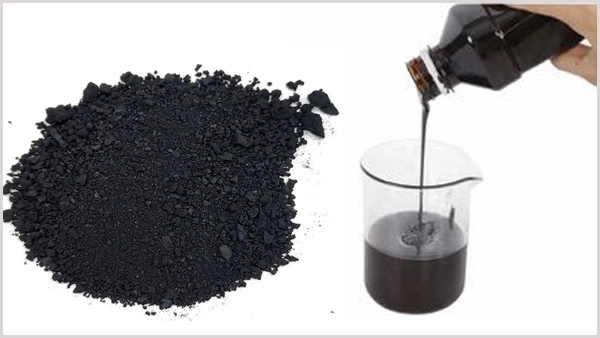high quality indigo plants for dyeing
High-Quality Indigo Plants for Dyeing
Indigo dyeing is a centuries-old technique that has captivated artisans and fashion enthusiasts alike. At the core of this ancient craft lies the indigo plant, a remarkable botanical source of one of the world’s oldest and most beloved dyes. In this article, we explore the characteristics and cultivation of high-quality indigo plants that are perfect for dyeing.
High-Quality Indigo Plants for Dyeing
Optimal growth conditions for indigo plants include warm temperatures and well-drained, fertile soil. Ideally, the plants thrive in regions with a warm climate, abundant sunlight, and consistent moisture. When cultivating indigo, farmers should ensure that the plants receive adequate water while avoiding waterlogged conditions, which can hinder growth and affect dye production.
high quality indigo plants for dyeing

Once the plants are established and mature, typically after three to four months, the harvesting process begins. High-quality indigo dye is extracted from the leaves, where the glycoside precursor, indican, is found. The leaves are harvested during the flowering stage for the highest concentration of indican. Farmers must handle the leaves with care to prevent bruising, as this can affect the quality of the dye extraction.
After harvesting, the leaves are typically fermented, a critical step in the dye-making process. This fermentation converts indican into indigo dye through a process called hydrolysis. The fermented leaves are then processed in a vat, where they are mixed with water and alkaline agents, facilitating the reduction of indigo into its soluble form, leucoindigo. This creates a vibrant, blue dye that can be used for various textile applications.
Sustainability is a growing concern in the dyeing industry, making high-quality, organically grown indigo plants increasingly desirable. Organic farming practices not only enhance the quality of the indigo but also contribute to environmental preservation. Many artisans and dyers are now turning to local, sustainable sources of indigo, which helps support traditional farming communities and ensures that the craft of indigo dyeing continues to thrive.
In conclusion, the quest for high-quality indigo plants for dyeing is a blend of art and science. Understanding the growth conditions, harvesting techniques, and sustainable practices is essential for producing a superior product that honors the rich history of indigo dyeing. By promoting the cultivation of high-quality indigo, we can preserve this ancient craft while creating beautiful textiles that resonate with modern aesthetics. Whether for fashion, art, or craft, high-quality indigo plants offer endless possibilities for vibrant expression through color.
-
The Timeless Art of Denim Indigo Dye
NewsJul.01,2025
-
The Rise of Sulfur Dyed Denim
NewsJul.01,2025
-
The Rich Revival of the Best Indigo Dye
NewsJul.01,2025
-
The Enduring Strength of Sulphur Black
NewsJul.01,2025
-
The Ancient Art of Chinese Indigo Dye
NewsJul.01,2025
-
Industry Power of Indigo
NewsJul.01,2025
-
Black Sulfur is Leading the Next Wave
NewsJul.01,2025

Sulphur Black
1.Name: sulphur black; Sulfur Black; Sulphur Black 1;
2.Structure formula:
3.Molecule formula: C6H4N2O5
4.CAS No.: 1326-82-5
5.HS code: 32041911
6.Product specification:Appearance:black phosphorus flakes; black liquid

Bromo Indigo; Vat Bromo-Indigo; C.I.Vat Blue 5
1.Name: Bromo indigo; Vat bromo-indigo; C.I.Vat blue 5;
2.Structure formula:
3.Molecule formula: C16H6Br4N2O2
4.CAS No.: 2475-31-2
5.HS code: 3204151000 6.Major usage and instruction: Be mainly used to dye cotton fabrics.

Indigo Blue Vat Blue
1.Name: indigo blue,vat blue 1,
2.Structure formula:
3.Molecule formula: C16H10N2O2
4.. CAS No.: 482-89-3
5.Molecule weight: 262.62
6.HS code: 3204151000
7.Major usage and instruction: Be mainly used to dye cotton fabrics.

